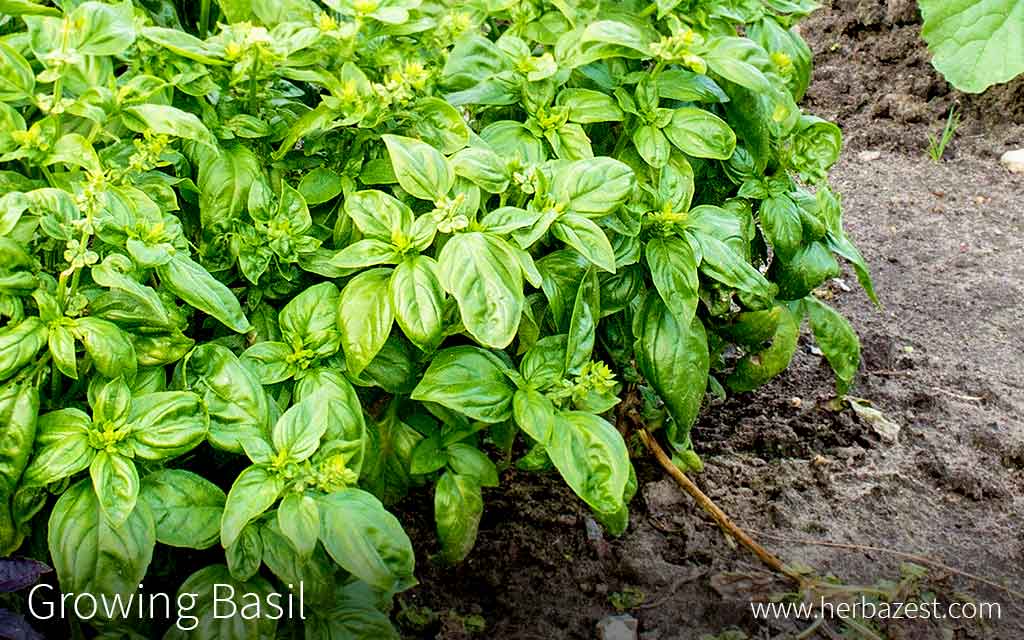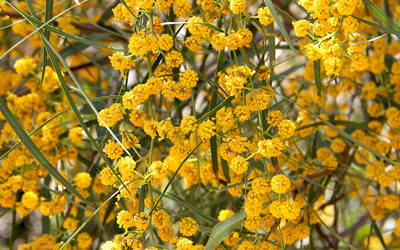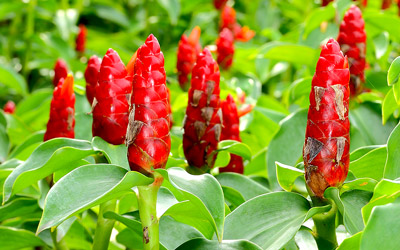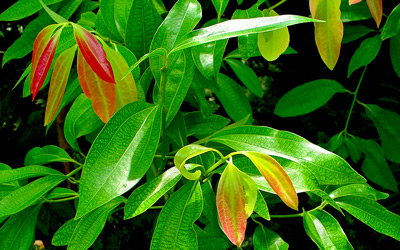Native to Southern Asia and the South Pacific islands, basil is currently cultivated all around the world and used as an ingredient in Asian and Western cuisines. This is a very easy-to-grow herb and makes an excellent addition to any culinary garden; however, it is important to follow some basic growing guidelines in order to make the most of this widely popular aromatic.
1. Preparing the Soil
Before planting basil, choose a location that receives direct sunlight for at least six hours every day. While basil requires moist soil, it will not respond well to over-watering and should be planted in an area with well-draining soil and a slightly acidic to neutral pH. Plant basil in an elevated area or raised bed to promote good drainage.
Basil will grow best in soil that is rich in nutrients and organic matter. Before planting basil, mix compost, manure, or composted pine bark into the soil. The organic matter will help sandy soils to retain water, and clay soils to drain.
2. Planting
Planting Basil Outdoors
Plant basil in the spring, after the coldest weather has passed and there is no more danger of frosts. Basil seeds can be planted directly into the ground where they are to be grown and should be sown under only 1/4 inch (0.6 cm) of moist, weed-free soil. Once the seedlings have appeared, thin the plants to maintain them approximately 10 inches (25 cm) apart.
Alternatively, growers can start basil indoors and transplant seedlings outdoors in the spring. Basil can also be grown in containers, though it will need more water because the soil will be more prone to drying out.
Basil needs to be grown where the temperature averages 70°F (21°C) or higher during the day, and doesn't fall far below 50°F (10°C) at night. If nighttime temperatures are expected to fall below 40°F (4.5°C), protect basil by covering it with cardboard, pine straw, or inverted buckets.
For best results, pinch off the flower buds when the basil is preparing to go to seed. Allowing the basil plant to flower and seed will shorten the growing season, while pinching off the flowers will allow the plant to focus its energy on growing leaves. Moreover, regular harvesting will promote plant growth.
3. Plant Care
Watering
Basil prefers moist soil, but should not be over-watered. Use drip irrigation or water basil by hand. Avoid soaking the foliage, as it may make the plant more prone to diseases. Basil should be supplied with approximately 1.5 inches (3.8 cm) of water per week. However, water requirements will vary depending on the soil type and temperature.
Fertilizing
Be careful not to over-fertilize basil. Over-fertilization may result in rapid growth and reduced flavor in the basil leaves. When planting, growers may mix a calcium nitrate fertilizer into the soil. Two months after planting, if the plant is showing signs of poor growth and pale foliage, spread a calcium nitrate fertilizer around the base of the plant and thoroughly water it in.
Weed Control
Weed control when growing basil is very important, as competition with weeds may decrease the quantity and quality of harvestable basil leaves. It is especially important to control weed growth surrounding young or seedling plants. In order to prevent weed growth, mulch around basil plants with straw or chopped leaves.
4. Pest & Disease Control
Pests
Some common pests that may target basil are Japanese beetles and grasshoppers, which chew holes in the basil leaves. In order to kill immature insects before they emerge from the soil, a ground pesticide can be applied. Protect the plants by covering them with garden fabric and removing any visible pests by hand. Do not apply insecticides directly to the basil leaves.
Slugs and snails may also chew holes in basil leaves. Shiny trails on the soil or basil plant are indicative of slugs or snails. These pests can easily be controlled by setting out beer traps or creating a sawdust, eggshell, or copper tape barrier.
Diseases
Basil shoot blight is a fungal disease that causes leaf spotting, loss of basil leaves, and dark streaks on the stems of mature plants. To prevent basil shoot blight, be sure to allow adequate spacing between plants to promote air circulation and keep the plants dry.
Basil may be prone to root rot diseases caused by fungi if the soil is too wet. This results in the decay of basil roots and ultimately plant death. In order to prevent root rot diseases, do not over-water basil, plant it in well-drained soil, and rotate crops each growing season.
5. Harvest
Basil can be harvested at any time by simply snipping off the leaves as needed for recipes. Moreover, whole stems can be harvested by cutting slightly above a pair of leaves. Regular harvesting of basil will help to promote plant growth.
Those who intend to harvest basil seeds should allow the plant to flower and the seeds to remain on the plant until it dies. Once the seeds turn brown and dry, they are easily removed by hand and separated from the seed capsules.
6. Storage
While basil is best used when it is freshly picked, it won't last very long. The shelf life of fresh-picked basil can be extended for a couple days by placing basil stalks in a bit of water and covering the branches with a plastic bag.
Basil leaves can be preserved by drying. Dry basil leaves by hanging small bunches of basil branches upside down in a warm, well-ventilated drying area or spreading the leaves on a drying rack. Once dried, basil leaves should be stored in an airtight container in a dark, cool place.
Basil can also be preserved by freezing. Frozen basil will have a comparable taste to fresh basil. Whole leaves can be frozen in small quantities in plastic bags. However, when thawed, basil will have a very soft texture. For best results, chop up the basil leaves and freeze them in ice cube trays with water.
Basil seeds should be stored in an airtight container in a dark, cool place. If stored properly, they will be viable for many years.





